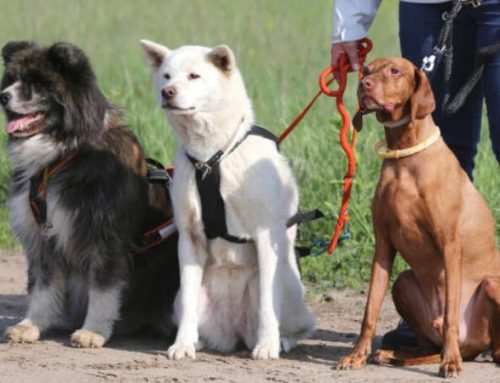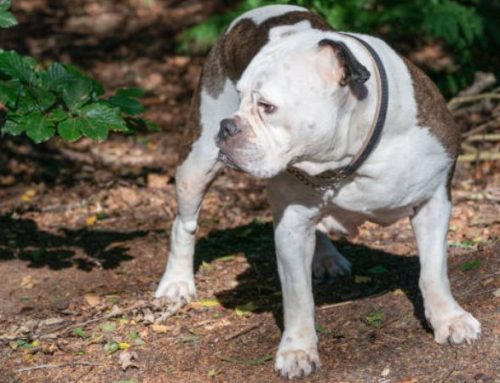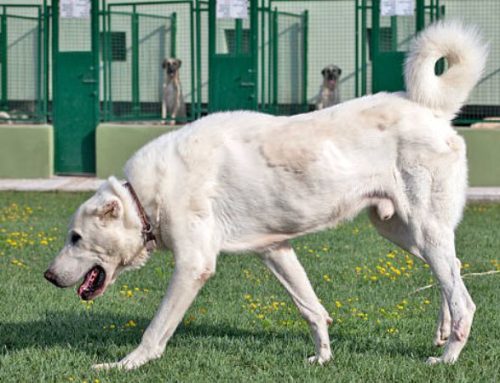Thinking about adding an Alaskan Malamute to your family? These powerful and loyal dogs are more than just pets—they require regular exercise, consistent grooming, and attention to their health. Before making the commitment, it’s important to understand their unique needs and personality. This guide will help you consider everything necessary to create a happy and lasting relationship with your Malamute.
Key Considerations Before Bringing a Malamute Home

1. Temperament and Personality
Alaskan Malamutes are known for their friendly and social nature, making them great companions for families and individuals alike. However, they often exhibit a dominant streak, especially around other dogs, so early socialization and clear boundaries are essential. This breed is highly intelligent but also notably independent, which means they require an owner who is confident and consistent in leadership.
Training a Malamute can be challenging since they tend to question authority and prefer to think for themselves. Additionally, they possess a strong prey drive, an instinct inherited from their working dog heritage, leading them to chase smaller animals if not properly managed. Unlike many breeds that bark, Malamutes are quite vocal in other ways — they often “talk” through howls and distinctive “woo woo” sounds, expressing themselves in a unique, expressive manner.
2. Size, Strength, and Grooming
Malamutes are large, muscular dogs with considerable strength, easily weighing between 75 to 85 pounds and standing 23 to 25 inches tall at the shoulder. Their powerful physique demands an owner who can physically manage their energy and control. Their thick double coat, designed to insulate them against harsh Arctic weather, requires regular maintenance.
Shedding is substantial year-round, with intense seasonal “blowouts” twice annually, demanding frequent brushing to prevent matting and maintain coat health. Due to their dense fur, Malamutes are not suited to hot climates; they are prone to overheating and heat exhaustion, so adequate shade, ventilation, and water access are critical during warm weather.
3. Exercise and Training Needs
This breed is characterized by very high energy levels and a strong need for daily, vigorous exercise to remain balanced and well-behaved. Without sufficient physical activity, Malamutes can develop destructive habits stemming from boredom. Beyond physical exercise, mental stimulation is equally important.
Providing puzzle toys, obedience training, and varied activities keeps their sharp minds engaged and prevents frustration. Due to their size, strength, and prey drive, leash training is essential and non-negotiable. Without proper leash manners, managing a Malamute in public or around distractions can be dangerous both for the dog and others.
4. Health and Lifespan
The average lifespan of an Alaskan Malamute typically ranges between 10 to 14 years, assuming good care and a healthy lifestyle. While generally robust, the breed is predisposed to certain health concerns that prospective owners should be aware of.
Common issues include hip dysplasia, which affects joint health and mobility; cataracts and other eye problems that can impact vision; and bloat, a serious and potentially fatal digestive condition. Maintaining a nutritious, balanced diet tailored to the Malamute’s size and activity level plays a pivotal role in preventing obesity and supporting overall health throughout their life.
5. The True Cost of Ownership
Acquiring an Alaskan Malamute from a reputable breeder typically costs between $1,000 and $2,500, depending on lineage and location. Beyond the initial purchase price, ongoing expenses add up. High-quality dog food designed to meet the nutritional demands of large, active breeds can be costly, as are toys and gear that stimulate and exercise the dog.
Veterinary care, including routine vaccinations, wellness exams, and potential treatment of breed-specific health issues, represents a significant financial commitment. Grooming, whether done professionally or at home, also requires both time and money, especially during heavy shedding seasons. Prospective owners should be prepared for these ongoing costs to ensure their Malamute’s well-being.

How to Find a Reputable Breeder
1. Questions to Ask a Breeder
When searching for a responsible breeder, it’s essential to ask thoughtful questions to ensure you are getting a healthy, well-socialized puppy raised in a caring environment. Key questions to ask include:
- “Can I see the puppies and the mother?”
Meeting the puppies along with their mother provides valuable insight into their living conditions, temperament, and early socialization. A reputable breeder will welcome your visit or offer clear photos or videos if an in-person visit is not possible. - “What health clearances do the parents have?”
Ask for documentation of health screenings such as hip and elbow evaluations (OFA certifications), eye exams (CAER), and genetic testing for breed-specific diseases. Responsible breeders prioritize health and will gladly provide proof. - “What is your philosophy on socialization?”
Proper early socialization is critical for a well-adjusted malamute. The breeder should describe how they expose puppies to different people, sounds, environments, and experiences before they go to new homes. - “What is your return policy?”
A trustworthy breeder stands behind their puppies and will accept a dog back at any stage if necessary. This shows a commitment to the puppy’s lifelong well-being rather than a simple transaction.
2. Warning Signs of a Poor Breeder
Be vigilant for red flags that suggest irresponsible breeding practices, including:
- No health testing for the parents.
Breeders who do not perform or provide evidence of health screenings increase the risk of hereditary diseases and conditions in their puppies. - Unsanitary living conditions for the dogs.
Dirty, cramped, or neglected kennels can lead to poor health and behavioral problems. Dogs should live in clean, odor-free spaces with room to move and play. - Refusal to allow you to meet the parents.
Meeting the parents is important to assess temperament and overall health. Breeders who deny this request may be hiding issues. - Selling puppies too young (before 8 weeks).
Puppies separated from their mother and littermates too early often struggle with socialization, house training, and emotional stability. Ethical breeders wait until puppies are at least 8 weeks old before placing them in new homes.

3. Adopting a Malamute in Need
Adoption is a rewarding alternative to purchasing a puppy, offering a loving home to malamutes who need one. Rescue organizations and breed-specific shelters often have dogs of various ages waiting for adoption. Benefits of adopting include:
- Saving a dog from shelter euthanasia or long-term boarding.
- Potentially receiving a dog that has been temperament tested and sometimes trained.
- Helping reduce demand for unethical breeding.
To adopt, begin by researching reputable rescue groups such as:
- Alaskan Malamute Rescue organizations (local or national chapters).
- Breed-specific rescues affiliated with national clubs like the AMCA.
- General animal shelters and humane societies with malamutes available.
When adopting, be prepared for an application and interview process to ensure you and the dog are a good match. Many rescues also provide post-adoption support.
Choosing to bring an Alaskan Malamute into your life is a significant decision that requires careful thought. Their size, high energy levels, and need for socialization and training are major factors to consider. You must be prepared for their strong prey drive, potential for stubbornness, and their distinctive, often loud, vocalizations.






